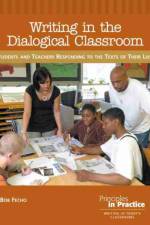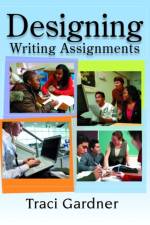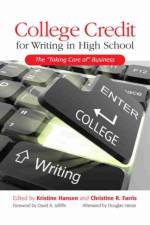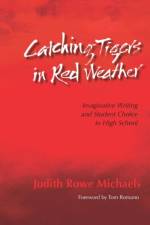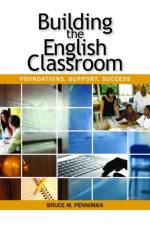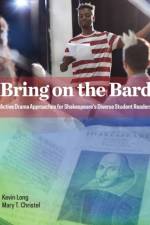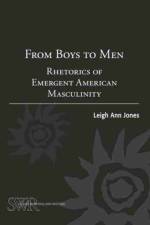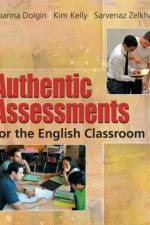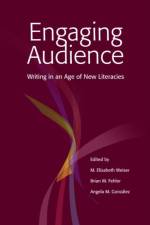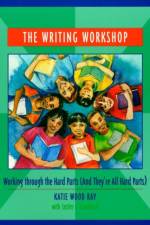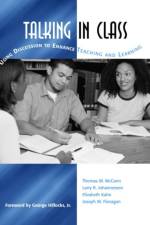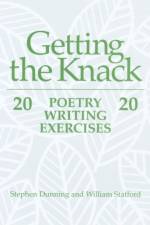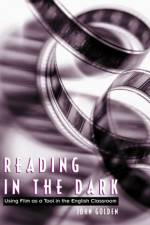- Imaginative Writing and Student Choice in High School
von Judith Rowe Michaels
45,00 €
All good writing is creative. But it's easy to forget this when writing is used mainly as a tool to assess reading comprehension and writers are judged by how well they conform to prescribed standards of "proficiency." Teacher-poet Judith Rowe Michaels describes how she refocused her ninth-grade English course to help students explore writing-their own and the assigned literature-as an art form with the same potential for creativity as, say, Web design, filmmaking, or music. Expanding their writing repertoire, students discover that to be memorable, a poem, essay, or story requires imagination, a sharp eye, a tuned ear, an engaged but open mind, and an interest in language, structure, and pace. As they draft, students create class criteria for revising, assessing, and grading each new piece and gradually realize they are all in training to catch their "tiger"-a free-choice, three-week writing project. How Michaels's students engage with their free-choice project, incorporating lessons learned from writing in response to literature, illustrates the importance of creativity to writing in all genres. If you're looking for ways to motivate your young writers, this book is a doorway into the classroom of a master teacher who invites all of us to rediscover what reading and writing should always do-stretch our imaginations.¿¿"[This book] is about teaching adolescents to write with control and abandon, to deepen their understanding of how language and genre work, to write with the eye of a reporter and the heart of a novelist." -Tom Romano, professor of English education, Miami University, and author of Crafting Authentic Voice and Zigzag."To read Catching Tigers in Red Weather is to be reminded of what can happen when teachers-and their students-have the time, the respect, and the colleagues that fuel good work. So a book that might have been about the private world of imaginative writing turns out to be about a very public issue: equity. It urges us to ask, 'Could it be that imagination is becoming a luxury good in contemporary America?' When will teachers and students everywhere have what was possible at Michaels's school?" -Dennie Wolf, author and independent scholar."[This book] reminds all of us, in the midst of state adoption of new standards and assessments, of the important role of creative writing in the development of composition skills and attitudes." -Bruce Penniman, National Writing Project teacher-consultant and author of Building the English Classroom

